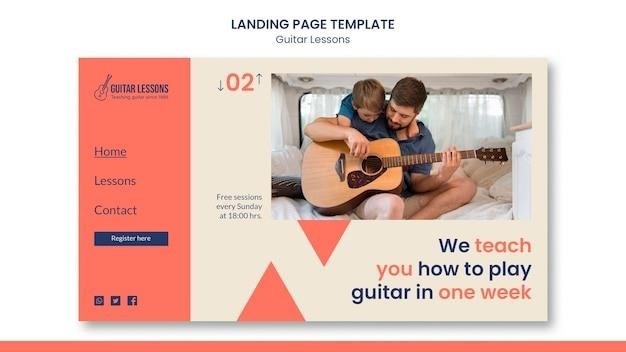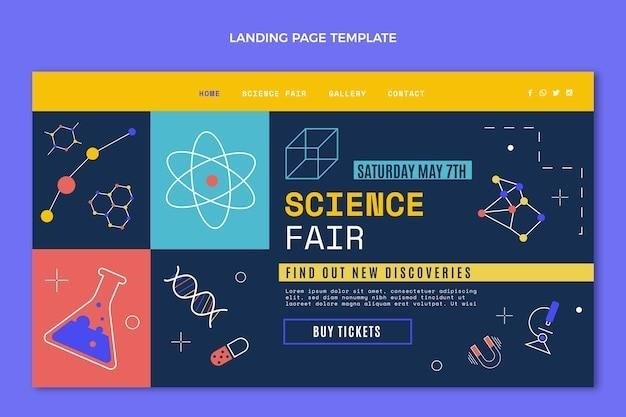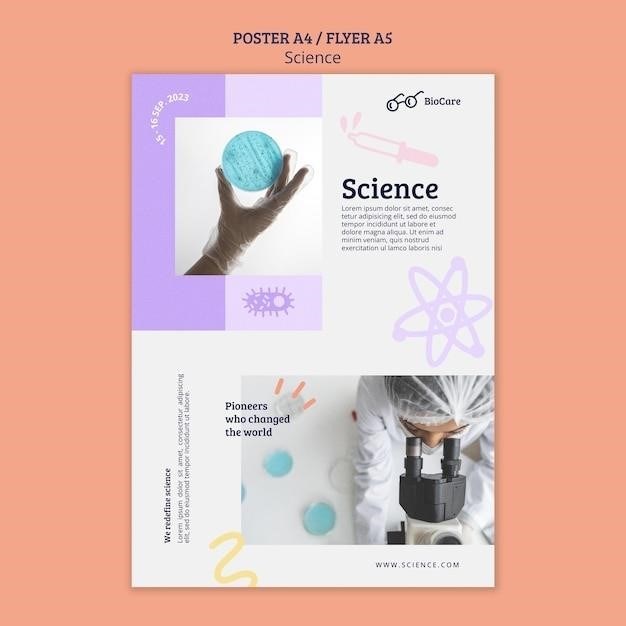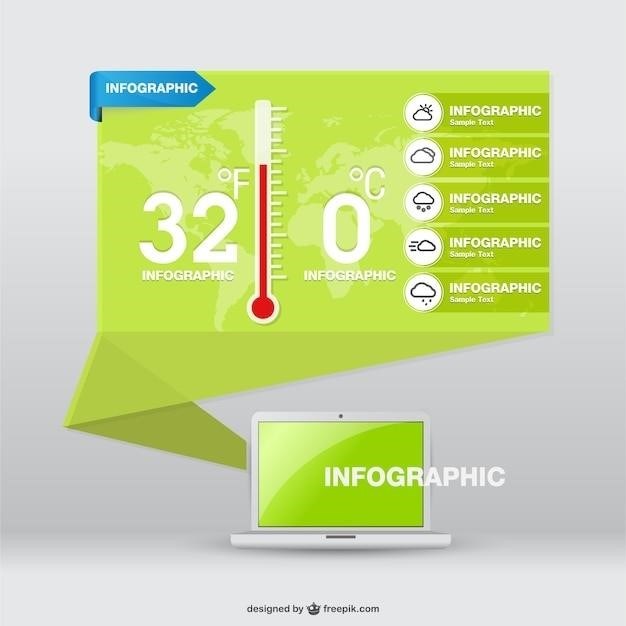Finding Free Guitar Lessons PDFs Online
Numerous websites offer free beginner guitar lesson PDFs. These resources often include basic chord diagrams, strumming patterns, and tablature. Some popular online guitar teachers also provide free downloadable materials supplementing their video lessons. Look for reputable sources to ensure quality instruction.
Reliable Sources for Beginner PDFs
Finding trustworthy free guitar lesson PDFs requires careful selection. Websites of established guitar instructors often provide valuable resources. Look for sites with a proven track record and positive user reviews. JustinGuitar.com, for example, is a well-respected site offering a wealth of free video lessons and potentially downloadable materials. Check for PDFs accompanying video courses; many instructors offer supplemental materials to enhance learning. Be wary of sites with excessive ads or questionable content; prioritize those with clear, well-organized lesson plans. Examine the PDF’s content for clarity, accuracy, and suitability for beginners. A well-structured PDF will progressively introduce concepts, starting with fundamental techniques and gradually building complexity. Cross-reference information found in PDFs with other learning resources to ensure accuracy and consistency in your approach to learning.
Popular Online Guitar Teachers and Their Resources
Many renowned online guitar teachers offer free resources alongside their paid courses. Justin Sandercoe, a prominent figure in online guitar instruction, provides over 1300 free video lessons on JustinGuitar.com, potentially including downloadable materials. Other teachers, like those mentioned in various online forums and reviews, may offer free introductory PDFs or sample lessons to showcase their teaching style. These free resources can serve as valuable starting points for beginners, allowing them to explore different teaching methods and find a style that suits their learning preferences. Remember to check the teacher’s website or YouTube channel for any supplementary PDFs or downloadable materials; While many teachers offer primarily video lessons, some may provide free PDF guides or chord charts to accompany their videos, creating a comprehensive learning experience. Exploring the resources of several popular teachers can help you find the perfect approach to learning the guitar.

Essential Skills for Beginners
Mastering basic chords, strumming patterns, and proper hand positioning is crucial. Learning to read tablature (TAB) will significantly aid your progress. Consistent practice and patience are key to building essential skills.
Basic Chords and Strumming Patterns
Beginners should focus on mastering fundamental chords like G, C, D, and Em. Many free PDFs provide diagrams illustrating finger placement on the fretboard for these chords. Practice transitioning smoothly between these chords. Start with simple strumming patterns, such as down-down-up-down-up, gradually increasing complexity. Online resources often include audio or video demonstrations of these patterns. Remember to maintain consistent rhythm and timing. Use a metronome to improve accuracy. As you progress, explore variations in strumming dynamics, incorporating softer and louder strokes. This will add expression to your playing. Focus on accuracy and clean transitions before speeding up. Remember that consistent practice is crucial to develop muscle memory. Don’t be discouraged by initial challenges; mastering basic chords and strumming is fundamental to playing many songs.
Proper Hand Positioning and Finger Exercises
Correct hand positioning is crucial for comfortable and efficient playing. Many beginner guitar PDFs emphasize a relaxed grip on the neck, avoiding excessive tension. Fingers should curve naturally, contacting the strings just behind the frets. Avoid pressing too hard; a light touch is sufficient to produce a clear sound. Several PDFs include finger exercises to build strength and dexterity. These exercises often involve repeatedly pressing down on individual strings at various frets. Practice scales and arpeggios to improve finger coordination and agility. Focus on accuracy and smooth transitions between notes. Regular practice of these exercises will improve your finger strength and dexterity over time. Remember to take breaks to prevent hand fatigue. Pay attention to your posture to maintain proper alignment and avoid strain. A comfortable playing position is essential for long practice sessions.
Reading Tablature (TAB)
Many beginner guitar PDFs introduce tablature, or TAB, a simplified notation system. Unlike standard musical notation, TAB visually represents the guitar fretboard. Each horizontal line corresponds to a guitar string (thickest to thinnest), and numbers indicate the fret to press. A “0” signifies an open string. Understanding TAB allows you to quickly learn songs without needing extensive music theory knowledge. Beginners should start with simple TAB examples, focusing on accurate finger placement and timing. Practice reading TAB alongside listening to the corresponding audio or video. This helps connect the visual representation with the actual sound. Pay attention to any additional notations within the TAB, such as strumming directions or bending techniques. Gradually increase the complexity of the TAB as your skills improve. Online resources and guitar lesson books offer numerous TAB examples for practice. Mastering TAB reading significantly accelerates your learning process, opening up a vast library of songs readily available in this format.
Learning Resources for Different Styles
Many free PDFs cater to various guitar styles. Explore resources focusing on classical, acoustic, or specific genres like blues or rock. Children’s guitar books offer age-appropriate lessons and simplified techniques.
Classical Guitar Method Books
Several websites offer free downloadable classical guitar method books in PDF format. These resources often provide a structured approach to learning classical guitar techniques, including proper posture, hand positioning, finger exercises, and reading standard musical notation. Many beginner classical guitar method books include a selection of progressively challenging etudes and pieces, allowing students to gradually develop their skills and musicality. Some books also incorporate helpful diagrams and illustrations to clarify complex techniques. The availability of free PDF versions makes it easier for aspiring classical guitarists to access quality instructional materials without significant financial investment. Remember, though, that while free resources are helpful, a structured learning path with feedback from a teacher or experienced guitarist can greatly enhance your progress. Supplementing free PDFs with online video tutorials and interactive exercises can further enhance the learning experience. The combination of a structured method book and additional resources provides a comprehensive approach to learning classical guitar.
Beginner Acoustic Guitar Lessons
Many online resources cater specifically to beginners learning acoustic guitar. Free PDF downloads often focus on fundamental skills like proper hand positioning, basic chords (G, C, D, Em, Am), and simple strumming patterns. These materials frequently include diagrams and tablature (TAB) to visually represent chord shapes and finger placements on the fretboard. Some PDFs incorporate song examples, enabling learners to apply their newly acquired skills to familiar melodies. A gradual progression of difficulty ensures a smooth learning curve, building confidence as students master new techniques. While PDFs offer a valuable self-learning tool, remember that regular practice is key to progress. Supplementing PDF lessons with online video tutorials can greatly enhance understanding, particularly for visualizing proper finger placement and strumming techniques. Many websites and YouTube channels provide complimentary video lessons to accompany their downloadable PDF materials, offering a richer learning experience. The combination of visual and written instruction can significantly aid in mastering the fundamentals of playing the acoustic guitar.
Lessons for Children
Teaching children to play guitar requires a different approach than adult instruction. Many free PDFs and online resources are designed specifically for younger learners. These materials often incorporate a playful and engaging style, using simplified chord progressions and familiar songs to maintain interest. Visual aids, such as colorful diagrams and illustrations, are frequently used to enhance understanding. Lessons are often broken down into smaller, more manageable segments to prevent overwhelming beginners. The focus tends to be on building fundamental skills gradually, emphasizing proper posture and hand positioning. Some resources include interactive elements like games or quizzes to make learning fun. Remember to choose materials appropriate for the child’s age and musical experience. Patience and positive reinforcement are essential when teaching children, celebrating their progress and focusing on enjoyment rather than perfection. Supplementing PDF lessons with interactive apps or online games can create a more engaging and rewarding learning experience for young guitarists.

Additional Tips and Considerations
Consistency is key; practice regularly, even if it’s just for short periods. Supplement PDF lessons with videos for visual learning. Engage with online guitar communities for support and feedback.
Importance of Patience and Practice
Learning guitar takes time and dedication. Don’t get discouraged if you don’t sound like a professional overnight. Mastering chords, strumming patterns, and fingerpicking techniques requires consistent effort and practice. Beginners often struggle with finger coordination and chord transitions, but regular practice builds muscle memory and improves dexterity. Even short, focused practice sessions are more effective than infrequent, lengthy ones. Set realistic goals, celebrate small victories, and remember that progress, not perfection, is the key to enjoying the learning process. Patience and persistence are essential for overcoming challenges and developing your skills; The journey of learning guitar is rewarding, but it’s a marathon, not a sprint. Embrace the process, and enjoy the music!
Utilizing Online Communities and Feedback
The internet offers a wealth of resources beyond PDFs. Online guitar communities provide a supportive environment for beginners. Forums and social media groups allow you to connect with other learners, share your progress, ask questions, and receive feedback on your playing. Many experienced guitarists are willing to offer advice and encouragement. Posting recordings of your practice sessions can help identify areas for improvement. Constructive criticism from fellow musicians can accelerate your learning. Engaging with online communities fosters motivation and helps build confidence as you see your skills develop. Remember to be respectful and contribute positively to these online spaces. The collective knowledge and support available online are invaluable assets for any aspiring guitarist.
Supplementing PDFs with Video Lessons
While PDFs provide excellent visual aids for learning guitar, combining them with video lessons significantly enhances the learning experience. Videos offer a dynamic demonstration of techniques, allowing you to observe proper hand positioning, strumming patterns, and fingerpicking styles. Many online platforms offer free video lessons covering various guitar styles and skill levels. Watching a skilled guitarist perform a technique helps clarify points that might be unclear in a static PDF. This visual learning component is particularly helpful for beginners who struggle to grasp concepts from written instructions alone. The combination of visual and written learning aids creates a more comprehensive and effective approach to mastering the guitar.












